
Stone fruit season always brings delicious questions—like what’s the real difference between a pluot, a plumcot, and an aprium?

They may all be plum–apricot hybrids, but each has a distinct backstory, flavor profile, and ideal use. Let’s break down the similarities and differences so you know exactly what you’re snacking on (or baking into your desserts).
Pluot vs. Plumcot
Plumcots were the original hybrid—created by crossing 50% plum and 50% apricot. Think of them as the grandparents of the family. Plumcots taste sweet, slightly tangy, and balanced. The name “plumcot” is often used interchangeably with pluot, but technically, plumcots are the first-generation cross.
Pluots, on the other hand, are more plum than apricot. They’re the result of further hybridization—usually around 75% plum and 25% apricot. That means you get more of that juicy, rich plum flavor, often with a smoother skin and firmer texture. Pluots taste sweet and aromatic. They are perfect for eating out of hand or slicing into a salad.
Shop organic and specialty pluots:
Or go for a surprise with:
Pluot vs. Aprium
While pluots lean plum, apriums go in the other direction. Apriums are about 75% apricot and 25% plum. That gives them a denser texture, fuzzier skin, and a flavor that’s sweeter and more tropical—almost like a super-charged apricot.
Because of their lower water content, apriums hold up beautifully in baking and roasting. If you’re after an apricot-forward taste with a little plum complexity, apriums are your best bet.
Keep reading: A Guide to Hybrid Fruits: What They Are, Why They Matter & the Ones We Love
More Stone Fruits Like These
Looking for more fruits with that just-right balance of tart, sweet, juicy, and jammy? Try:
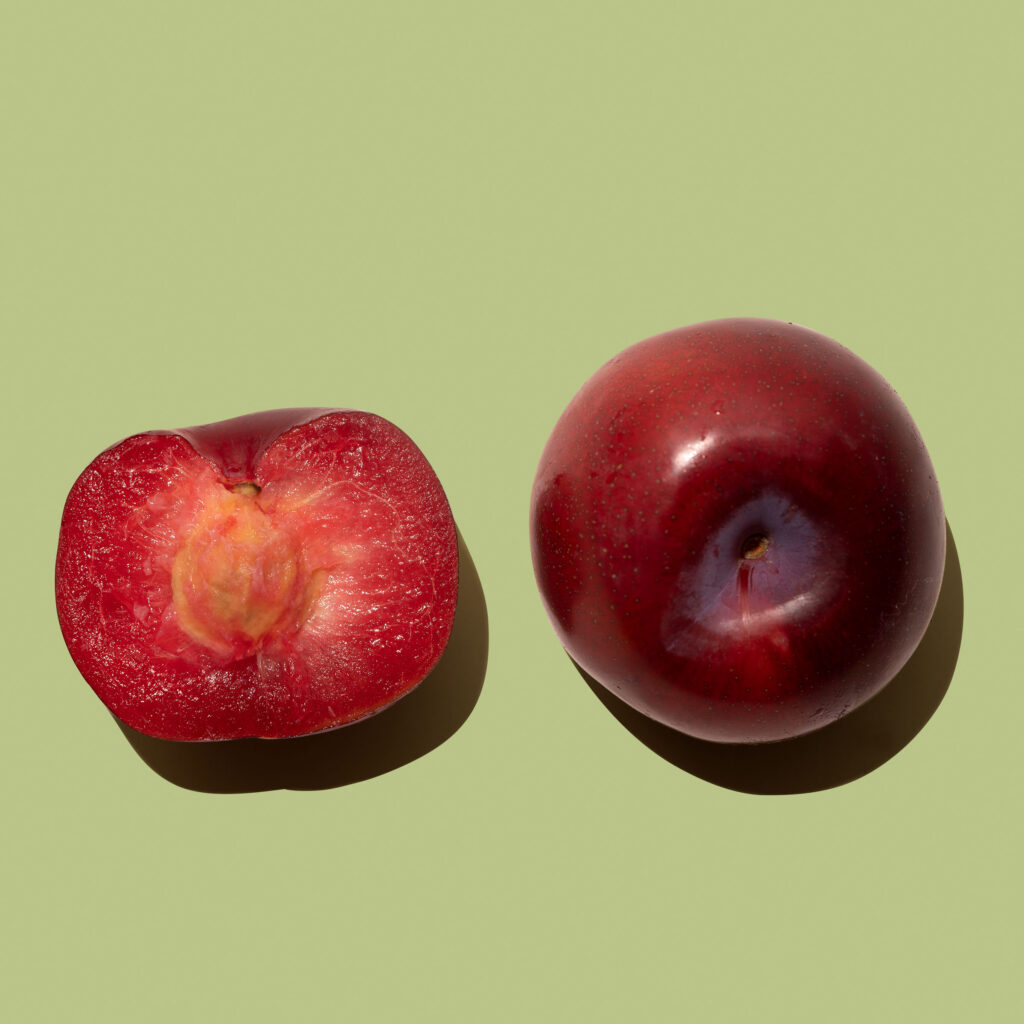
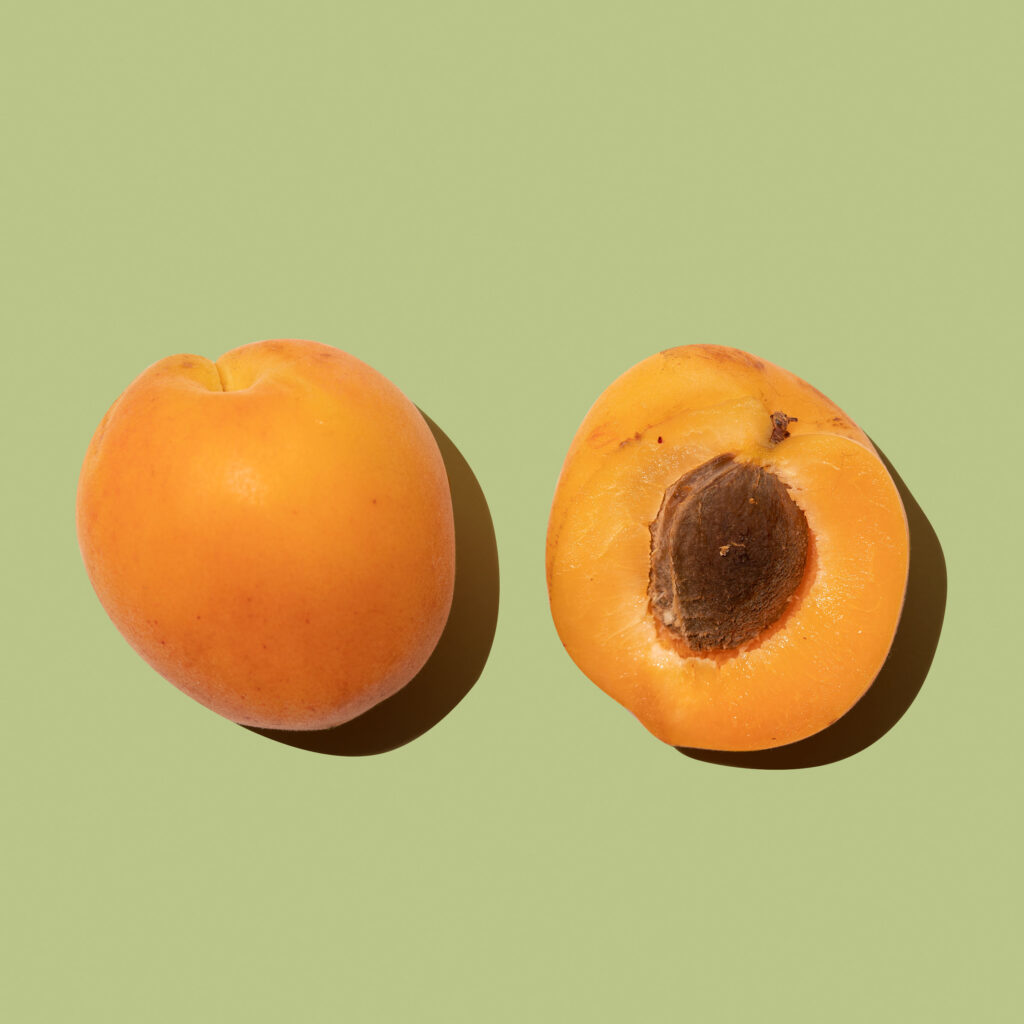
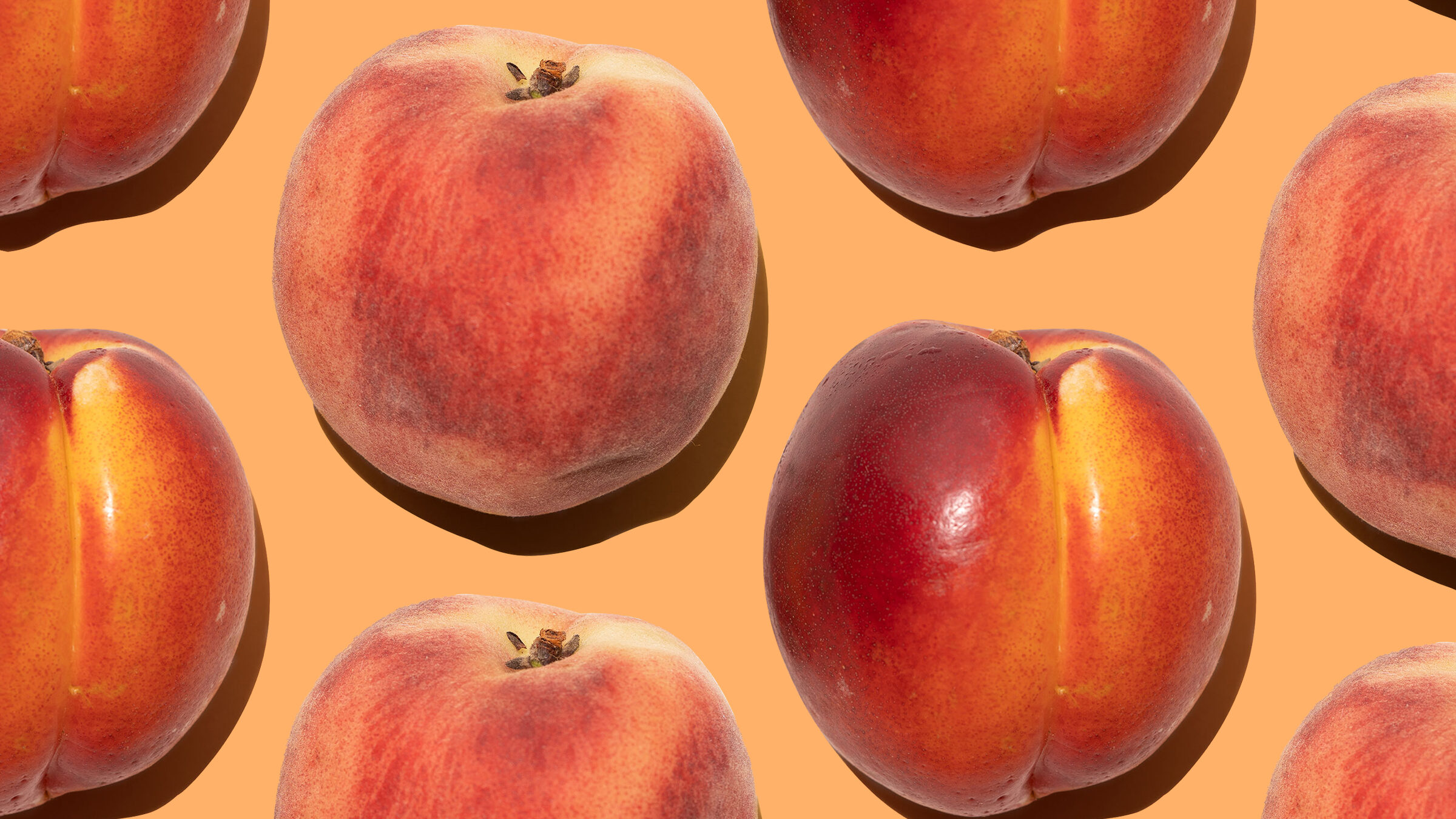
Each has its own distinct flavor but can be swapped in for one another in many stone fruit recipes.
Recipes That Work for All Three
No matter which hybrid you have on hand—pluot, plumcot, or aprium—these recipes let their peak-season flavor shine:

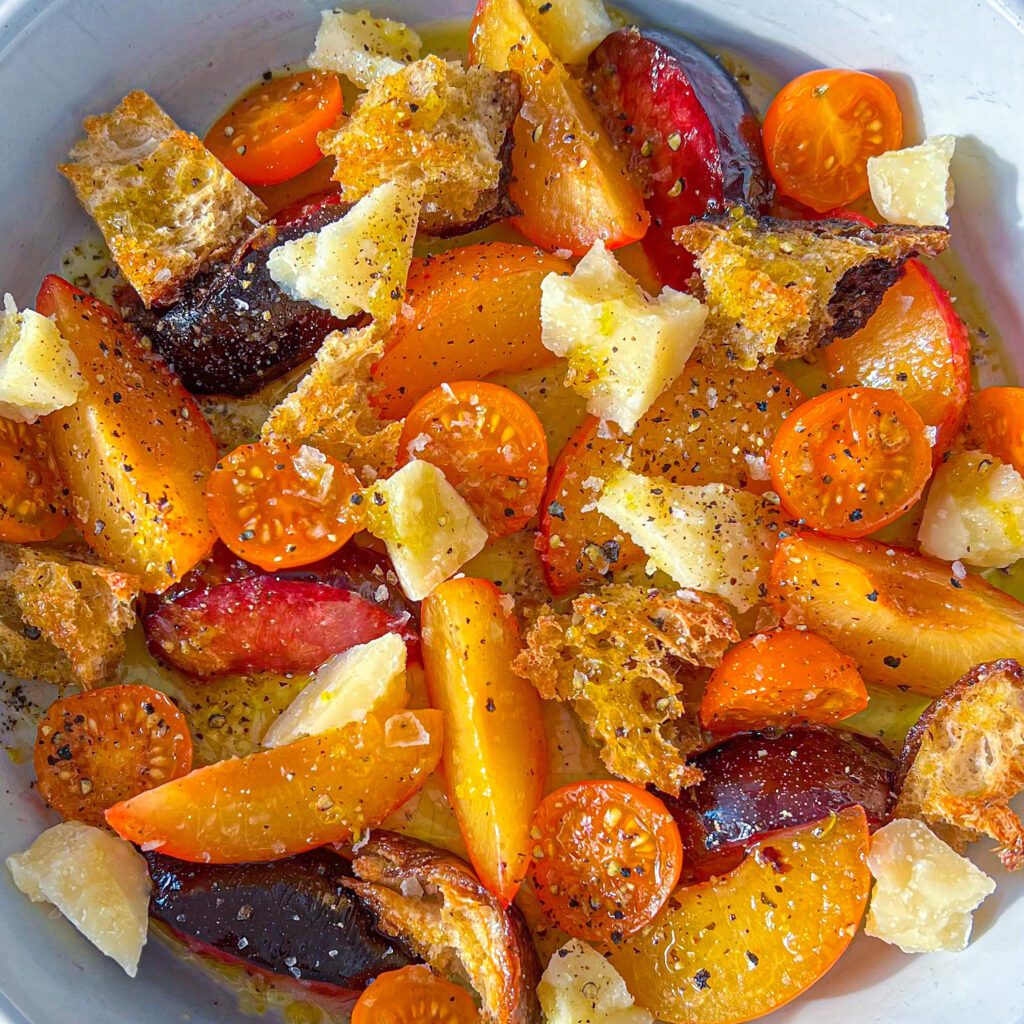

- Stone Fruit Cobbler
- Summer Stone Fruit & Tomato Bread Salad
- Bobby Flay’s Peach & Cherry Sangria Punch



- Grilled Peach & Burrata Salad
- Stone Fruit Grilled Cheese with Maple-Cinnamon Butter
- Grilled Zucchini & Stone Fruit with Lemon Yogurt Dressing
Keep Reading:
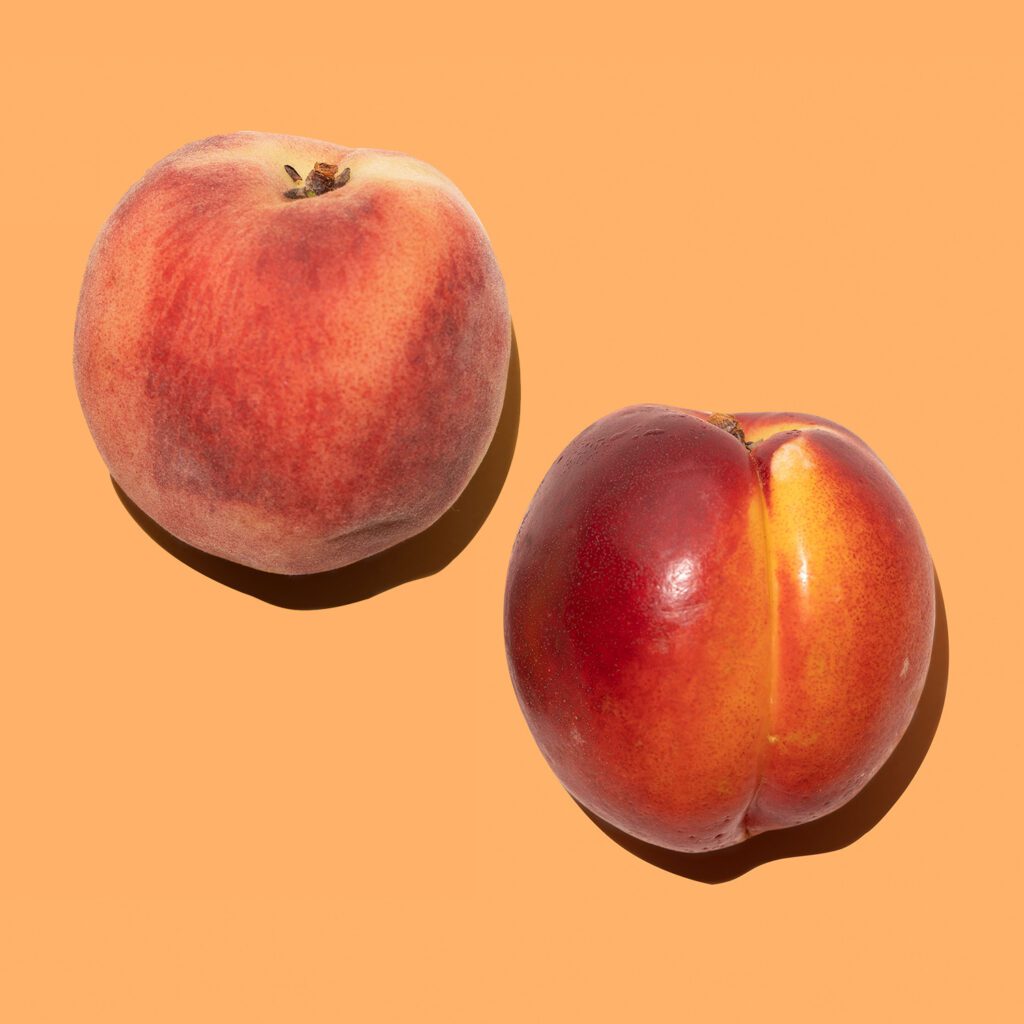
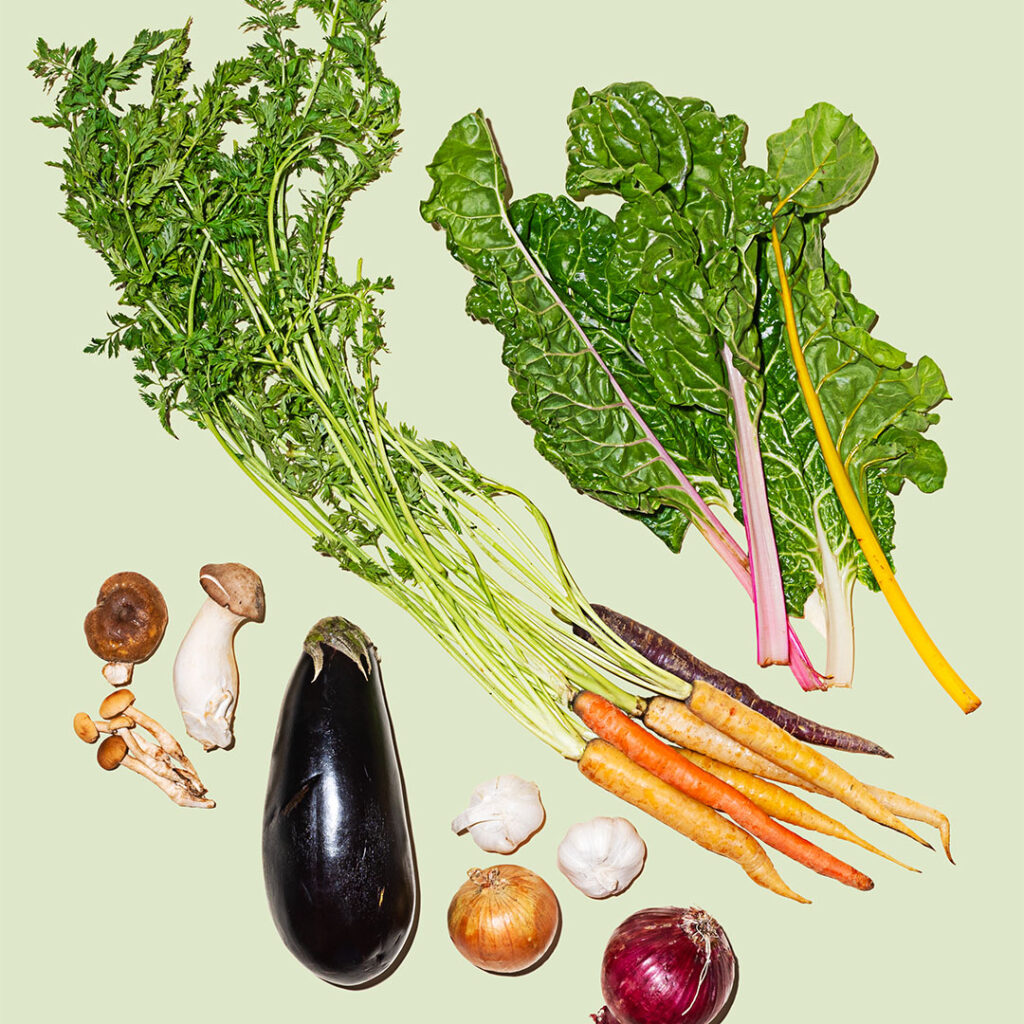
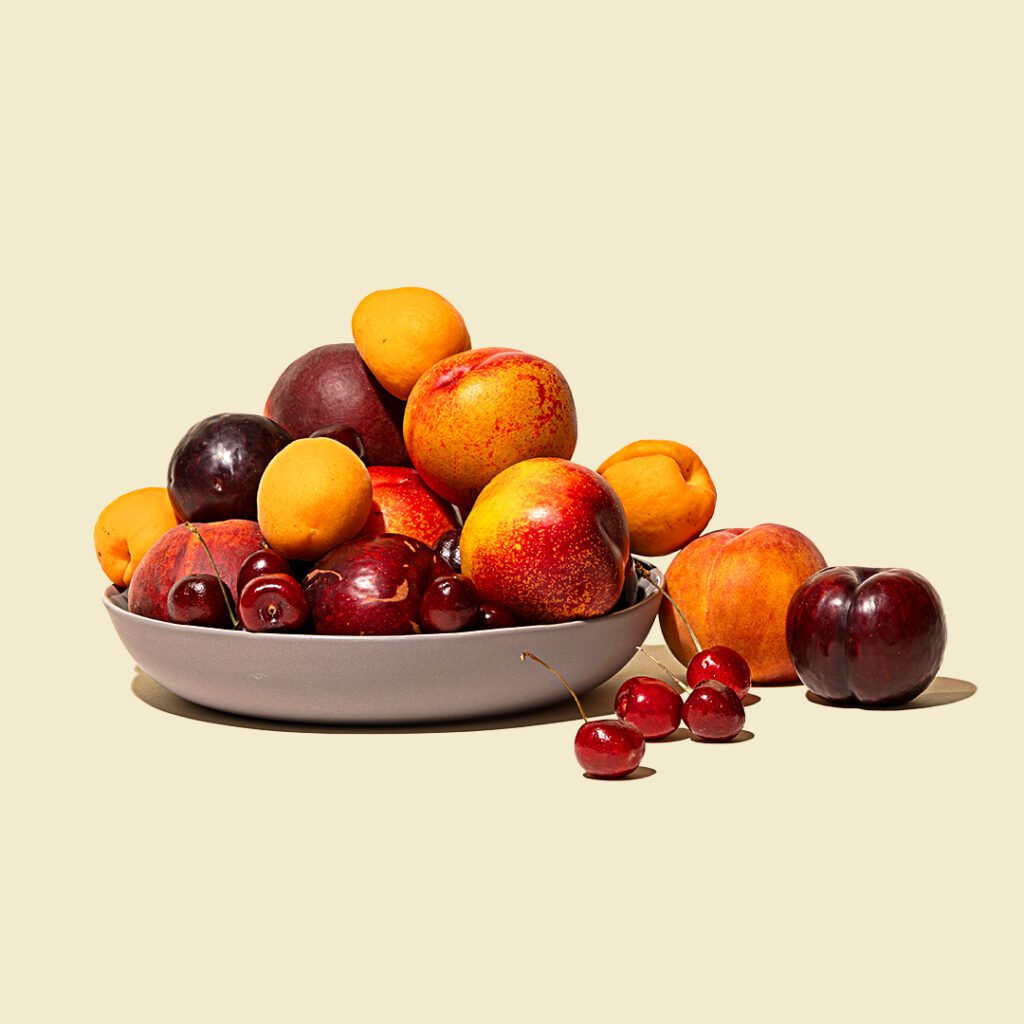
- Peaches vs. Nectarines
- Farm-Fresh Produce Mystery Bundles
- Stone Fruit Guide: Peach, Plum, Aprium, Pluot, Nectarine, Apricot
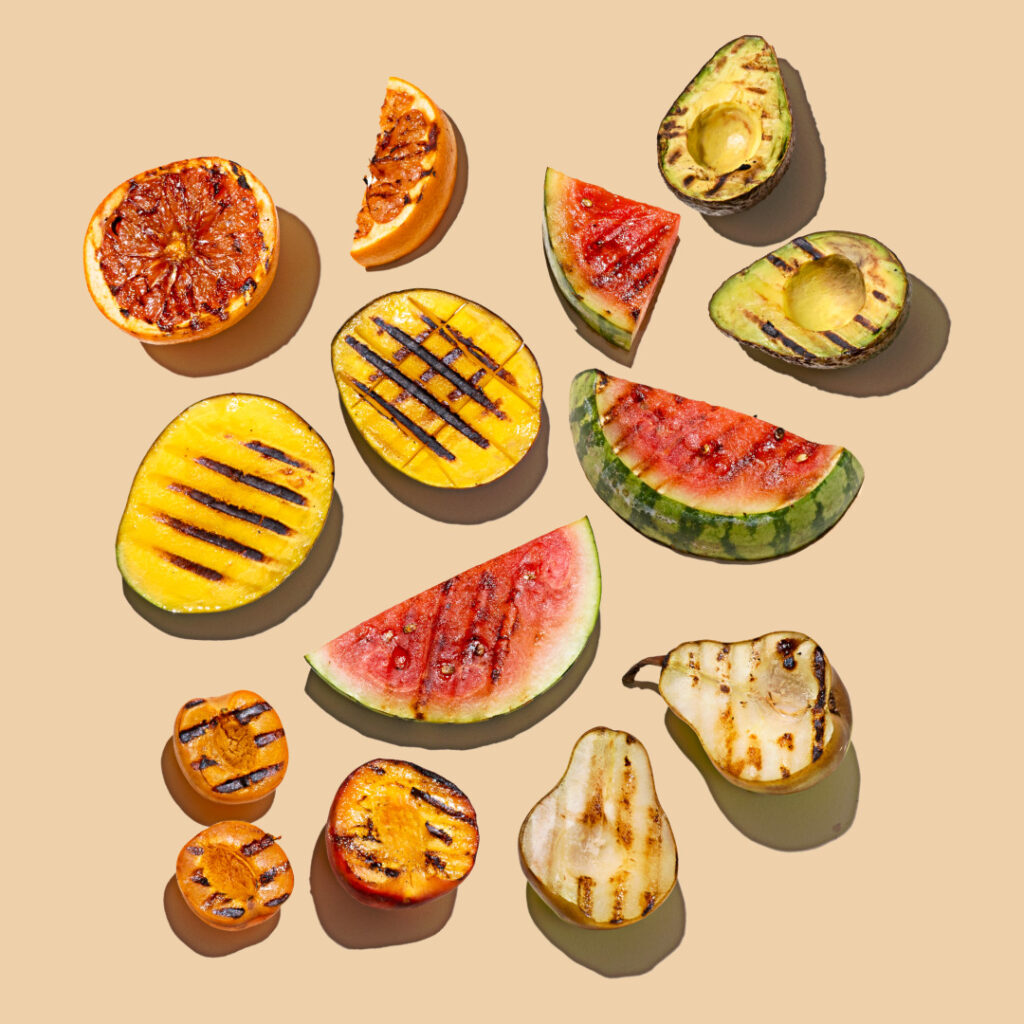

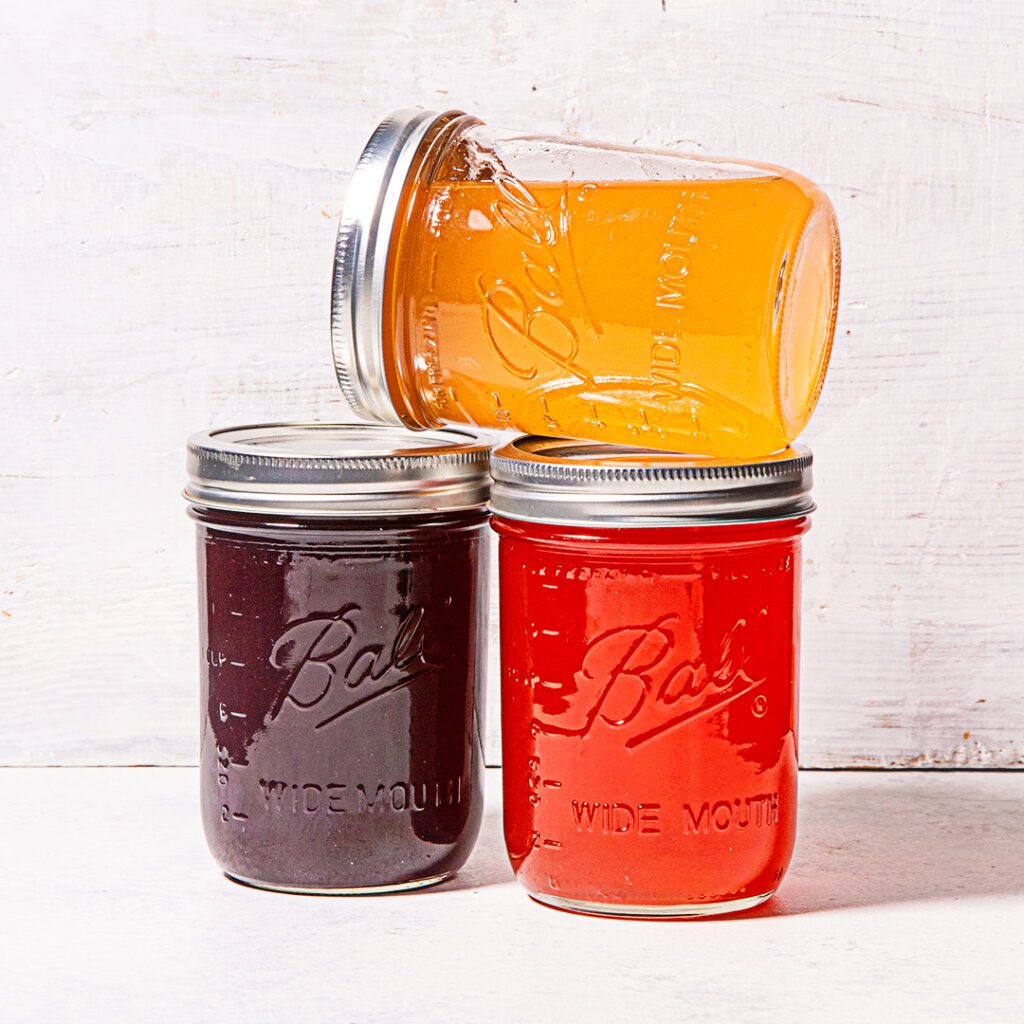

One reply on “Pluot vs. Plumcot vs. Aprium: What’s the Difference?”
Texture and flavor vary depending on the variety, but it’s generally juicy with both plum tartness and apricot sweetness.